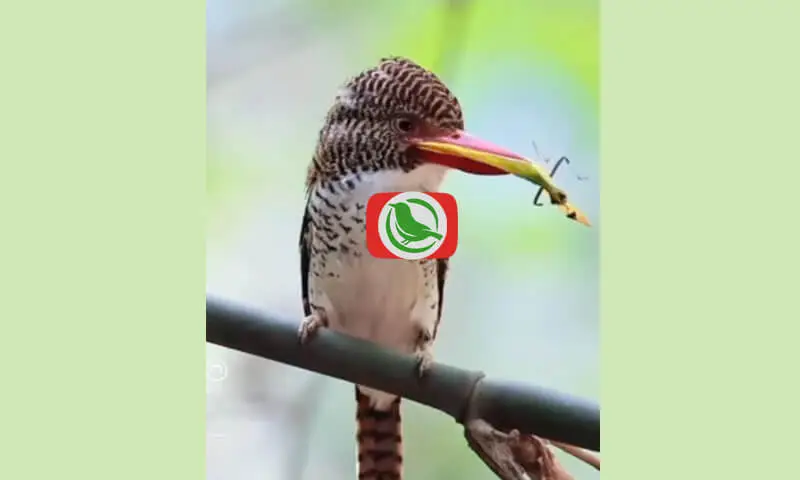The Collared Aracari is one of the tropical bird species that captures the attention of many nature observers. With its striking appearance and bright colors, this bird is a major attraction for wildlife enthusiasts. In this article, we will explore the Collared Aracari further, including its physical characteristics, habitat, and its role in the ecosystem.
Distinctive Features of the Collared Aracari
The Collared Aracari has unique features that set it apart from other bird species. One of its main characteristics is its highly colorful plumage. The upper body is black with white stripes around the neck that form a “collar.” Its face is adorned with bright yellow, and it has a large, colorful beak.
Physical Characteristics
This bird measures about 40 cm in length, with a large and thick beak. The beak of the Collared Aracari is essential for easily grasping fruits and also plays a role in fights between individuals. Moreover, the large beak serves as a survival tool in the dense tropical forest.
Habitat of the Collared Aracari
The Collared Aracari can be found in tropical regions, particularly in Central America and parts of South America. They prefer tropical rainforests with many large trees as shelter and foraging locations.
Geographical Distribution
This species is distributed across several countries, including Honduras, Panama, Costa Rica, and much of Colombia and Ecuador. Collared Aracari tends to inhabit the middle and upper layers of the forest, where they can easily find fruits and seeds, their primary food sources.
Diet and Feeding Habits of the Collared Aracari
Like many other tropical birds, the Collared Aracari is a fruit-eater. They are often seen feeding on fruits from large trees such as banana and papaya. They will also consume small insects and occasionally the eggs of other birds if available.
Role in the Ecosystem
This bird plays an important role in the tropical ecosystem by aiding in seed and fruit dispersal. When they consume fruit, they eat the seeds, which are then spread to various locations through their droppings. This process is vital for the regeneration of plants in tropical forests.
Social Behavior of the Collared Aracari
The Collared Aracari is a social bird often found in small groups. These groups typically consist of several individuals who help each other forage and protect themselves from predators. Interactions among group members are crucial for their survival, especially when facing threats from predatory birds or larger animals.
Mating and Breeding Patterns
In terms of reproduction, Collared Aracari builds its nest in high tree cavities. They usually lay a small number of eggs, ranging from 2 to 4 per breeding season. After hatching, the chicks are cared for by both parents until they are ready to fly.
Threats and Conservation
Although the Collared Aracari is not considered an endangered species, they still face several threats from human activities. Ongoing deforestation in tropical areas and poaching can impact their population. Therefore, it is essential to maintain the sustainability of their natural habitat to ensure that these birds can breed and help maintain ecosystem balance.
Conservation Efforts
Some conservation measures that can be taken to protect the Collared Aracari include expanding protected forest areas and reducing the impact of deforestation. Educating local communities about the importance of this bird in the ecosystem can also help ensure its survival.
Conclusion
The Collared Aracari (Pteroglossus torquatus) is a tropical bird that features many intriguing characteristics, from its striking plumage to its important role in seed dispersal in tropical forests. Preserving the existence of this bird and its habitat is crucial for the conservation of the rich biodiversity within tropical ecosystems. With appropriate conservation efforts, we can ensure that the Collared Aracari remains in the wild for future generations.





